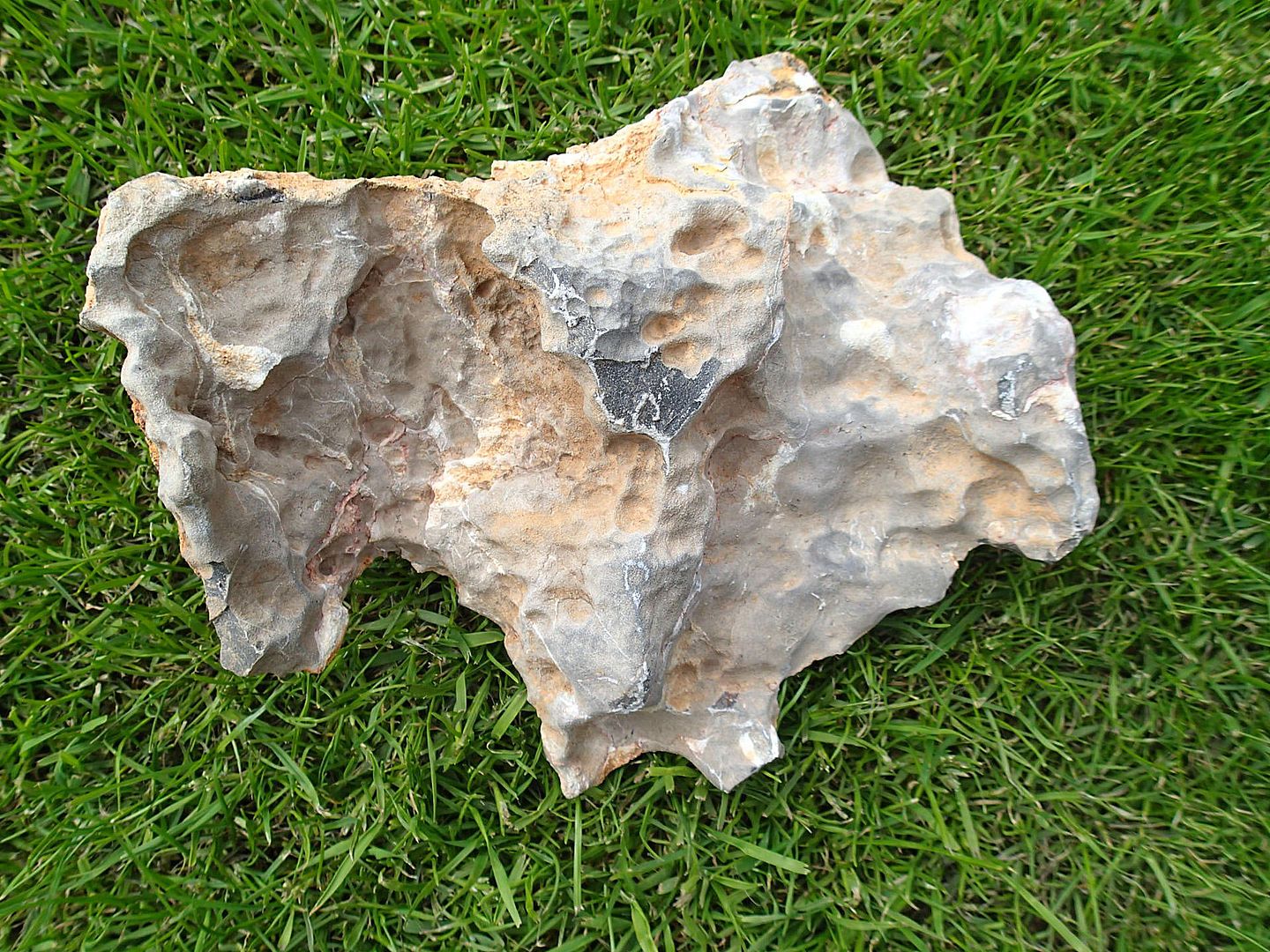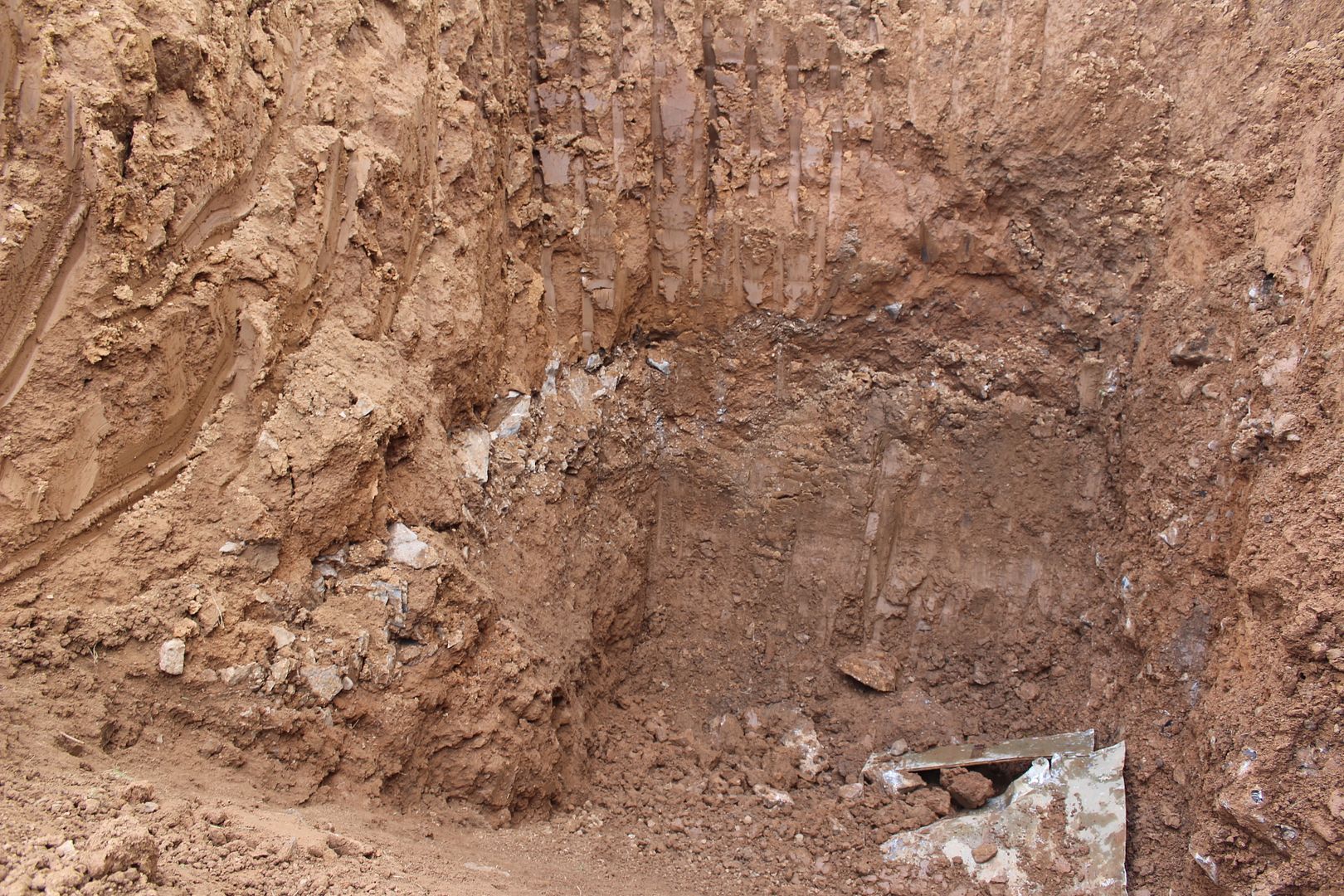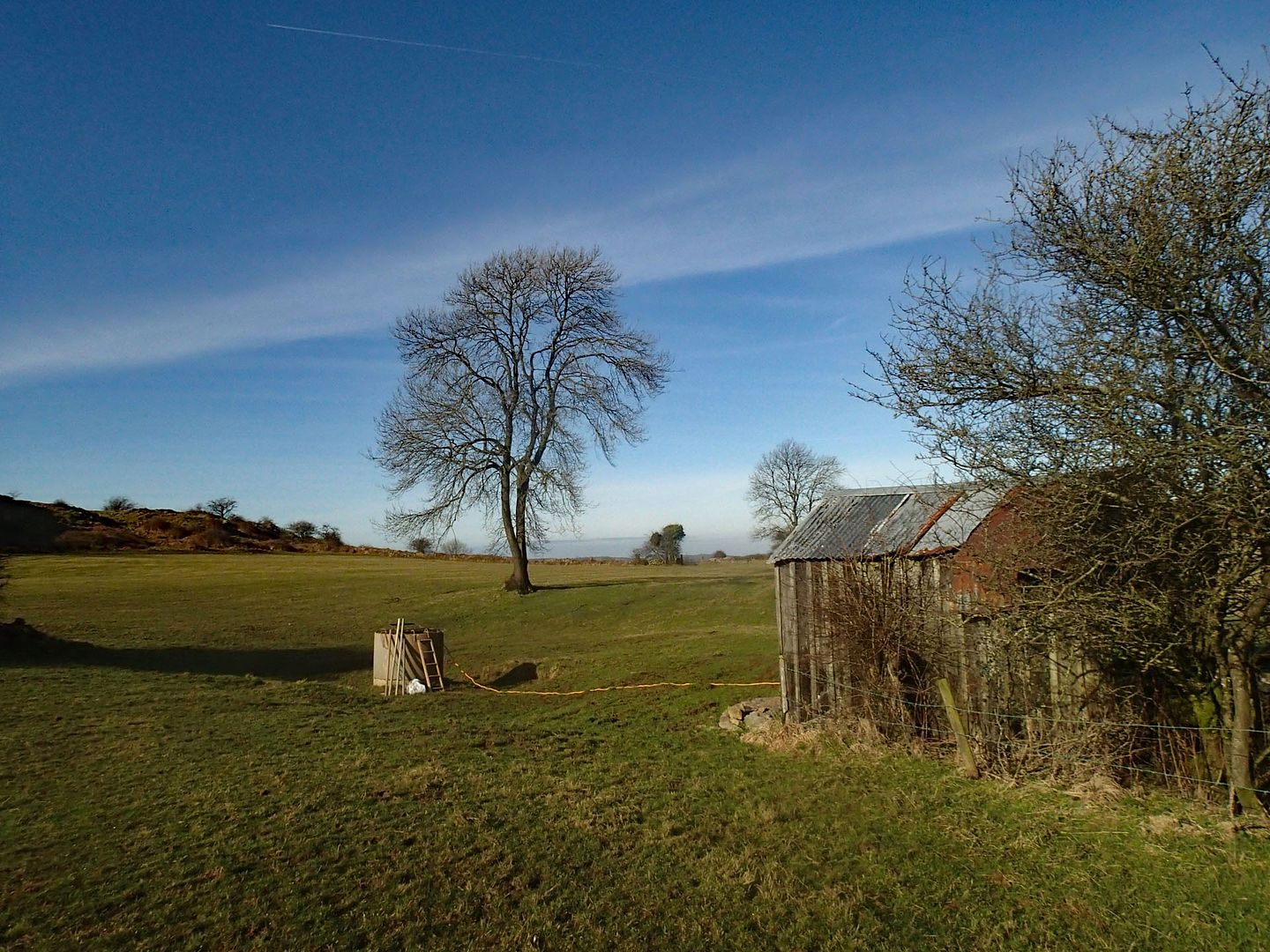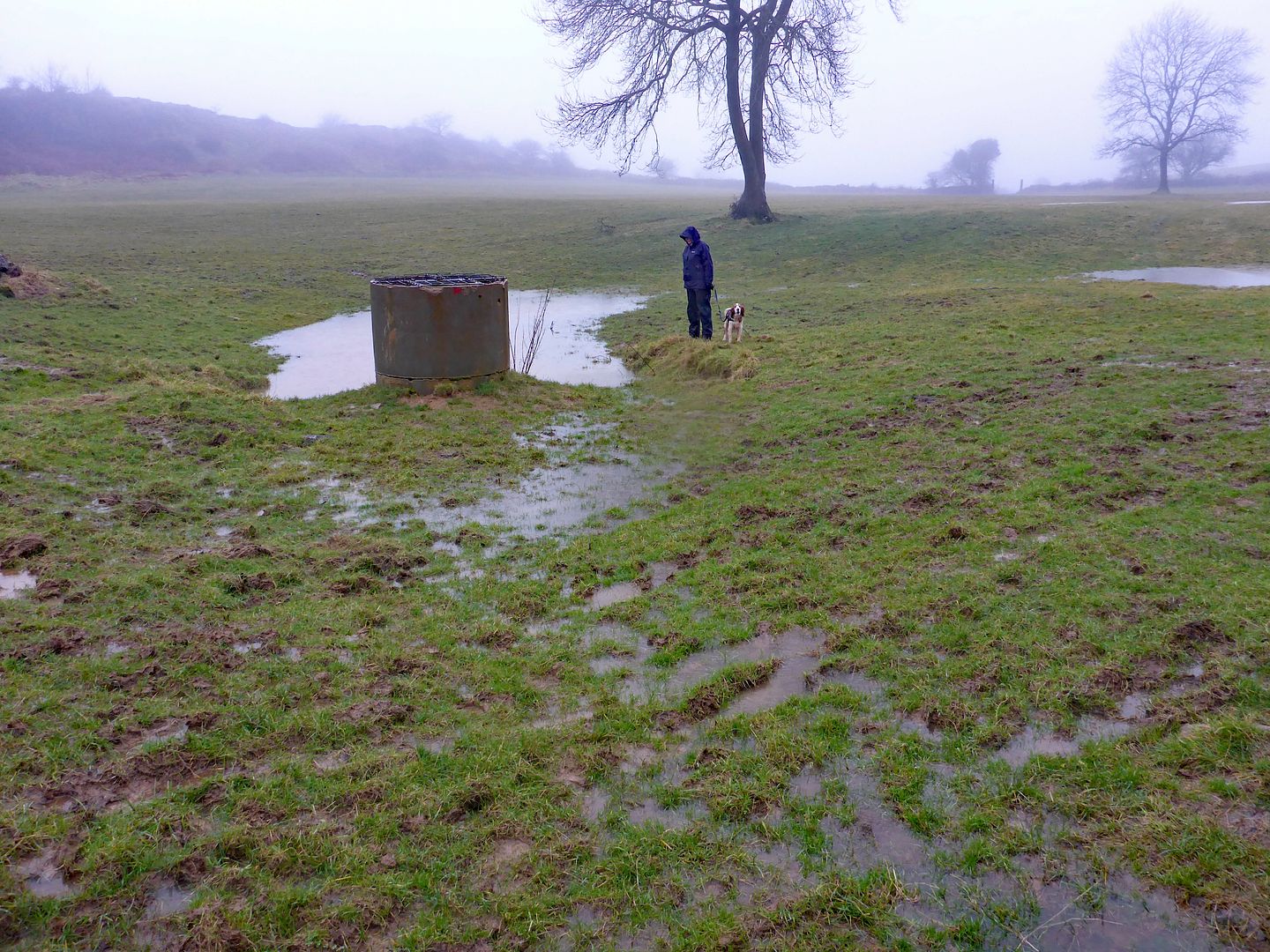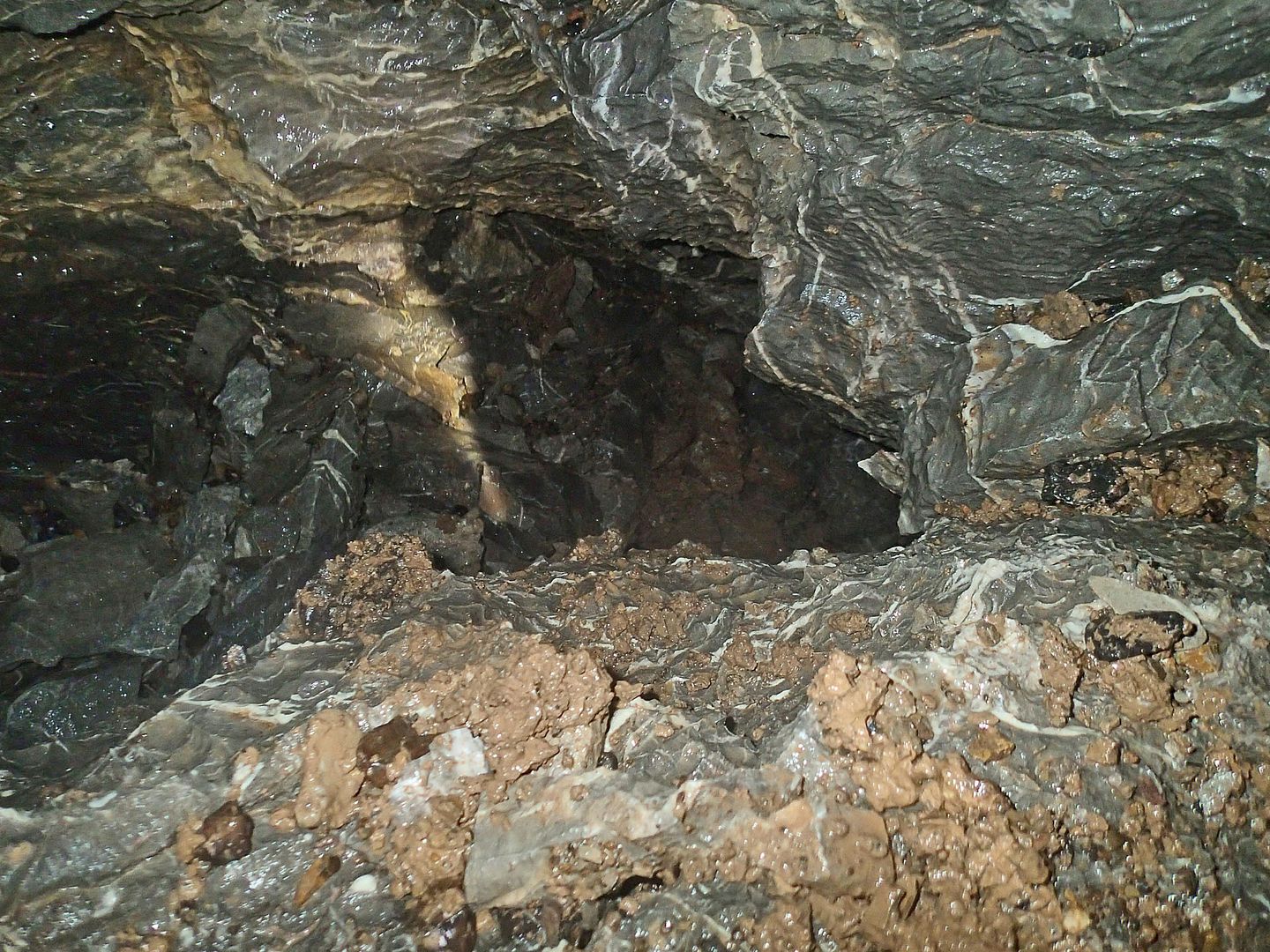The Old Ruminator
Well-known member
It would be good to actually understand the processes that occur with CO2 in caves. Our Vurley trip yesterday revealed that we have around %1 near the entrance with the figure gradually increasing with depth. Below 100m depth the figure hit %3 with %4 plus at the very bottom. This seems a bit odd to me as the cave is pretty dry now after the long Summer we have experienced. We are in an unusual situation. A closed depression half a mile wide. 7m of loess soil and a verdant meadow which has grass nearly a foot high now. Clearly all of those aspects can have a bearing on CO2. I wonder how other caving regions vary with different circumstances of climate , soil and vegetation. Is this primarily a Mendip problem ?
Human tolerance is variable too. One of our team dare not go down the cave now as he wakes the next day with extreme headaches. In fact he can be ill for two days. Others seem hardly to notice any effect within the cave. Two team members spent two hours or so in the %4 zone with little effect though they were not working hard. I heard that some Australian cavers can tolerate %8 " having built up a tolerance to it ". ( Perhaps this is a myth. ). Personally I can work fairly normally in %3 though at 71 I get used to puffing a bit. I do recall in my early deep air diving days that extreme workload ( hauling down a shot line in tide ) resulted in immediate headache that made me vomit through the regulator.
An interesting feature of Vurley is the number of mini vadose trenches in the deeper parts. These are sometimes carved in near vertical walls by occasional stream flow and clearly demonstrate the highly " corrosive " nature of the water even at depth. The cave gets bigger with depth but my guess is that much of that is the result of drip rather than phreatic or extreme vadose flow. The whole cave has the nature of sharply eroded limestone with very little in the way of flowstone or stal. deposits. I doubt very much that Vurley has the age of classic Mendip Swallets like GB etc. What happens below 100m OD might be another matter as then we have reached the former phreas level of High Country in Reservoir Hole and associated fossil risings above Gough's Cave.
Our " scientist " hopes eventually to have a CO2 logging system that can be left in the cave to give variable readings. ( Does the CO2 decrease or increase with rain and higher water flow. What relationship is there between the grass in the field. Will CO2 decrease after the grass is cut and what are the " safe " times in the cave? ). One thing that can impair CO2 metre readings is condensation within the unit so time must be made to let it adjust to ambient temperature.
Human tolerance is variable too. One of our team dare not go down the cave now as he wakes the next day with extreme headaches. In fact he can be ill for two days. Others seem hardly to notice any effect within the cave. Two team members spent two hours or so in the %4 zone with little effect though they were not working hard. I heard that some Australian cavers can tolerate %8 " having built up a tolerance to it ". ( Perhaps this is a myth. ). Personally I can work fairly normally in %3 though at 71 I get used to puffing a bit. I do recall in my early deep air diving days that extreme workload ( hauling down a shot line in tide ) resulted in immediate headache that made me vomit through the regulator.
An interesting feature of Vurley is the number of mini vadose trenches in the deeper parts. These are sometimes carved in near vertical walls by occasional stream flow and clearly demonstrate the highly " corrosive " nature of the water even at depth. The cave gets bigger with depth but my guess is that much of that is the result of drip rather than phreatic or extreme vadose flow. The whole cave has the nature of sharply eroded limestone with very little in the way of flowstone or stal. deposits. I doubt very much that Vurley has the age of classic Mendip Swallets like GB etc. What happens below 100m OD might be another matter as then we have reached the former phreas level of High Country in Reservoir Hole and associated fossil risings above Gough's Cave.
Our " scientist " hopes eventually to have a CO2 logging system that can be left in the cave to give variable readings. ( Does the CO2 decrease or increase with rain and higher water flow. What relationship is there between the grass in the field. Will CO2 decrease after the grass is cut and what are the " safe " times in the cave? ). One thing that can impair CO2 metre readings is condensation within the unit so time must be made to let it adjust to ambient temperature.



